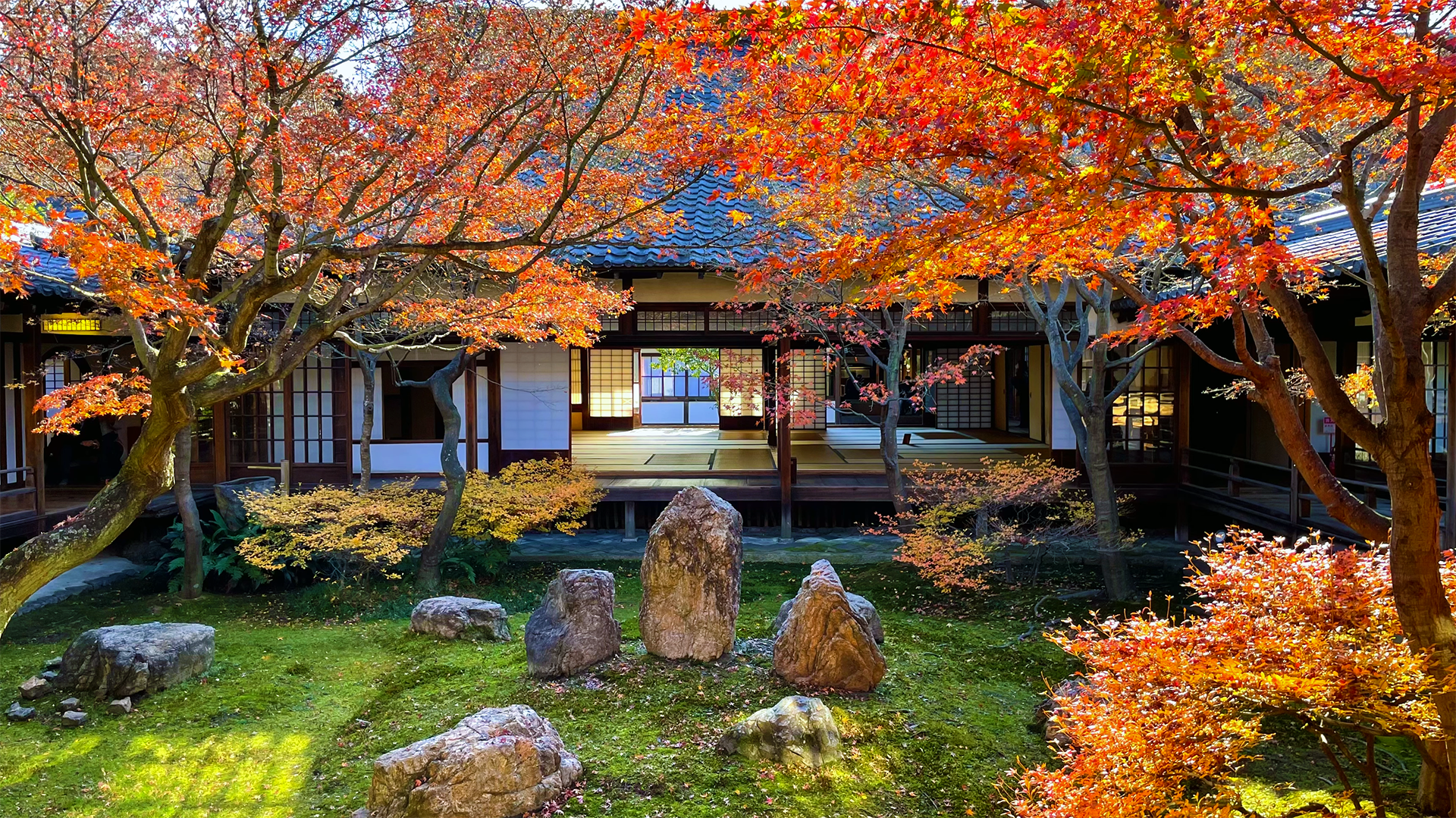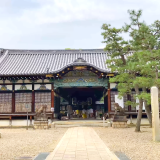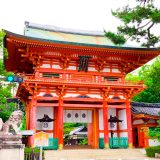An indispensable part of Kyoto’s charm is the numerous ancient temples that live and breathe in the city’s streets. Of these, Kenninji Temple is particularly noteworthy. Nestled in the picturesque Higashiyama district of Kyoto, this temple is known as one of the most representative places of Zen culture in Japan.
In this article, we will explore the charm of this serene beauty of Kenninji Temple!
Table of Contents
What is Kenninji Temple?
Kenninji Temple, founded in 1202, is the head temple of the Kenninji School of Rinzai Zen Buddhism, and is one of the oldest Zen temples in Japan. It was founded by Zen master Eisai upon his return from China. The temple was built to spread the teachings of Zen Buddhism and with the support of Minamoto no Yoritomo, the shogun of the time, and has since become a center of Zen culture in Japan.
Characteristics
- One of the oldest Zen temples in Japan
- Established to spread the teachings of Zen Buddhism
- Built with the support of Minamoto no Yoritomo
- The center of Zen culture in Japan
Places of interest
Wind and Thunder Gods
One of the most famous attractions at Kenninji Temple is the Wind and Thunder Gods, a National Treasure. This magnificent screen was painted by Tawaraya Sotatsu, an Edo period painter, and is internationally acclaimed as a masterpiece of Japanese art.
Hojo Garden
The Hojo Garden at Kenninji Temple is considered one of the finest works of garden art in Japan. This garden is a “karesansui” garden, symbolizing the Zen worldview, and uses stones and sand to express the infinite universe.
Ceiling painting of twin dragons
The “Ssangyuzu” painting, created to commemorate the 800th anniversary of the founding of Kenninji temple in 2012, is a magnificent work of art that overwhelms visitors to the temple. This ceiling painting, painted by Japanese-style painter Kobayashi Taiken, is so powerful that it captivates all who see it.
How to get there
Kenninji Temple is located in the center of Kyoto City and is very conveniently accessible. It takes about 15 minutes from Kyoto Station by city bus. It is also only a 10-minute walk from Gion-Shijo Station on the Keihan Railway, making it an excellent location for tourists visiting Kyoto.
Recommended Time to Visit
Kenninji Temple is beautiful in each of the four seasons, but is especially exceptional during the cherry blossom season in spring and the autumn foliage season in fall. If you visit during these times, you can enjoy a spectacular view of the natural beauty of Japan and the serenity of Zen Buddhism.
Tips for Enjoying Kenninji Temple
When you visit Kenninji Temple, be sure to take your time to stroll through the gardens and carefully appreciate the temple’s artwork. Kenninji also regularly hosts a variety of cultural events and exhibitions, so it is a good idea to check the information in advance and plan your visit accordingly.
Conclusion
Kyoto has many fascinating temples, but Kenninji Temple is one of the most worthwhile places to visit. This temple, with its deep history of Zen culture and treasure trove of art, offers peace of mind and inspiration to all who visit.
If you are ever in Kyoto, visit Kenninji Temple and see for yourself its serene beauty.



